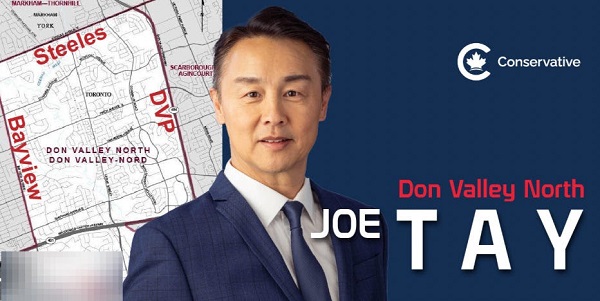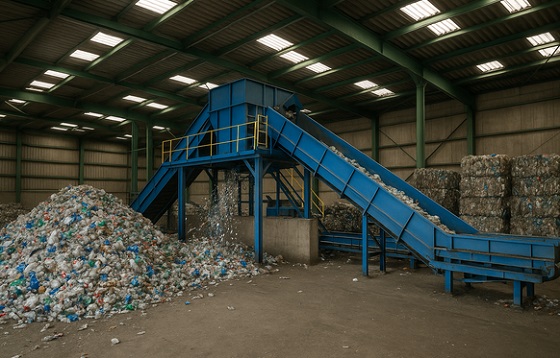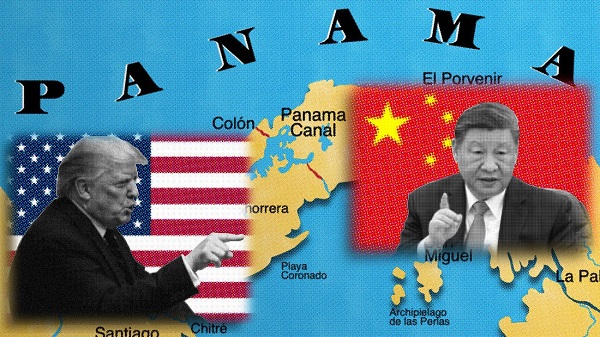Business
Ongoing water crisis is a national embarrassment
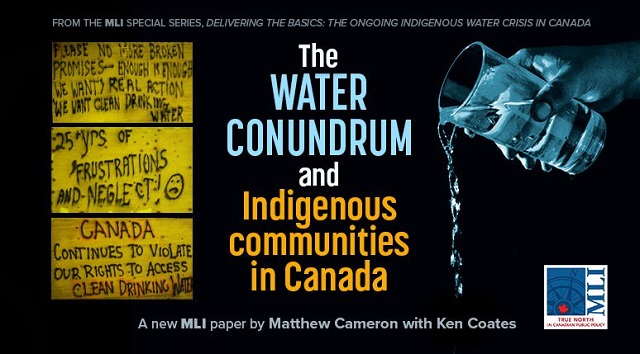
From the MacDonald Laurier Institute
By Matthew Cameron and Ken Coates
Cameron and Coates call for an increased sense of urgency from government and offer several policy initiatives to improve water access for First Nations communities.
Access to clean drinking water is a necessity, yet delivering it to all 40 million Canadians, particularly Indigenous communities, has proven to be elusive. Successive federal governments have both acknowledged the problem, yet have failed to fully eradicate drinking water advisories, which remain in place in at least 27 Indigenous communities.
In a new paper, The water conundrum and Indigenous communities in Canada, Matthew Cameron and Indigenous Program Director Ken Coates shed light on the water insecurity crisis on Canada’s reservations and recommend a number of multijurisdictional policy initiatives, urging policymakers adopt an increased sense of urgency in systematically address the problem – not just throwing money at it.
The authors identify several key barriers to resolving the water insecurity crisis:
- Community location: some communities are located too far away from freshwater reserves; many of these places were settled in the 1950s and 1960s, without scientific study of the suitability of their locations for water purposes;
- Long-term maintenance: trained personnel often work in stressful conditions with little or no local backup, making it difficult to find and retain these workers;
- Little margin for error: nationally determined Canadian water quality standards are, appropriately, difficult to meet, setting a high bar for small, isolated communities;,
- Poor national understanding of the challenges: Canadians who live off reservation are largely unaware of the urgency of the crisis in Indigenous communities.
Cameron and Coates recommend the following policy initiatives to address the crisis:
- Continuous transparency; authorities should make information about water delivery systems and water treatment facility down-times available to the public;
- Region-wide water management systems: these would provide for a sharing of personnel, professional backup, and collective learning about water systems maintenance and treatment facilities, thereby creating a maintenance economy;
- Option of relocation: in extreme cases, where water supplies are unacceptable and alternatives too expensive, communities could be given the option of voluntary relocation and rebuilding in a location with better access to potable water;
- More attention to remote solutions: giving agency to local Indigenous governments and/or companies to resolve the crisis;
- Increasing urgency: Indigenous Canadians wonder if the country cares or even knows about their lack of access to clean water– greater awareness among Canadians can push politicians to seek policy alternatives.
“Understanding the challenges in full, handling emergencies expeditiously, developing and implementing long-term solutions, and committing publicly to providing First Nations with adequate and appropriate water supplies is not an act of generosity or an optional exercise. Maintaining safe drinking water is a foundational responsibility of government,” conclude Cameron and Coates.
“Further delays should not be acceptable.”
To learn more, read the full paper here:
Matthew Cameron is a Yukon-based researcher and academic. He is an Instructor at Yukon University, where he has taught in the Liberal Arts, Indigenous Governance and Multimedia and Communications programs since 2016.
Ken Coates is a Distinguished Fellow and Director of Indigenous Affairs at the Macdonald-Laurier Institute and a Professor of Indigenous Governance at Yukon University.
Business
Federal government’s accounting change reduces transparency and accountability
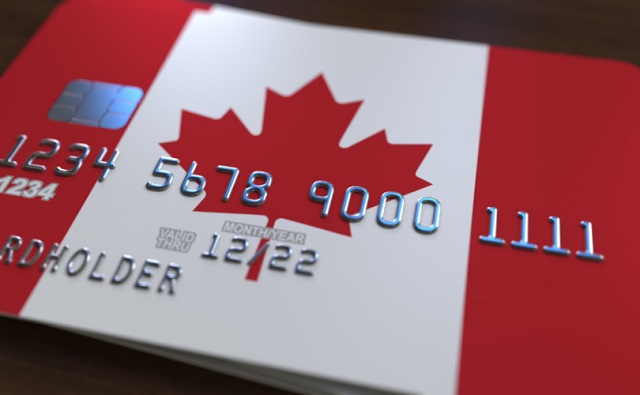
From the Fraser Institute
By Jake Fuss and Grady Munro
Carney’s deficit-spending plan over the next four years dwarfs the plan from Justin Trudeau, the biggest spender (per-person, inflation-adjusted) in Canadian history, and will add many more billions to Canada’s mountain of federal debt. Yet Prime Minister Carney has tried to sell his plan as more responsible than his predecessor’s.
All Canadians should care about government transparency. In Ottawa, the federal government must provide timely and comprehensible reporting on federal finances so Canadians know whether the government is staying true to its promises. And yet, the Carney government’s new spending framework—which increases complexity and ambiguity in the federal budget—will actually reduce transparency and make it harder for Canadians to hold the government accountable.
The government plans to separate federal spending into two budgets: the operating budget and the capital budget. Spending on government salaries, cash transfers to the provinces (for health care, for example) and to people (e.g. Old Age Security) will fall within the operating budget, while spending on “anything that builds an asset” will fall within the capital budget. Prime Minister Carney plans to balance the operating budget by 2028/29 while increasing spending within the capital budget (which will be funded by more borrowing).
According to the Liberal Party platform, this accounting change will “create a more transparent categorization of the expenditure that contributes to capital formation in Canada.” But in reality, it will muddy the waters and make it harder to evaluate the state of federal finances.
First off, the change will make it more difficult to recognize the actual size of the deficit. While the Carney government plans to balance the operating budget by 2028/29, this does not mean it plans to stop borrowing money. In fact, it will continue to borrow to finance increased capital spending, and as a result, after accounting for both operating and capital spending, will increase planned deficits over the next four years by a projected $93.4 billion compared to the Trudeau government’s last spending plan. You read that right—Carney’s deficit-spending plan over the next four years dwarfs the plan from Justin Trudeau, the biggest spender (per-person, inflation-adjusted) in Canadian history, and will add many more billions to Canada’s mountain of federal debt. Yet Prime Minister Carney has tried to sell his plan as more responsible than his predecessor’s.
In addition to obscuring the amount of borrowing, splitting the budget allows the government to get creative with its accounting. Certain types of spending clearly fall into one category or another. For example, salaries for bureaucrats clearly represent day-to-day operations while funding for long-term infrastructure projects are clearly capital investments. But Carney’s definition of “capital spending” remains vague. Instead of limiting this spending category to direct investments in long-term assets such as roads, ports or military equipment, the government will also include in the capital budget new “incentives” that “support the formation of private sector capital (e.g. patents, plants, and technology) or which meaningfully raise private sector productivity.” In other words, corporate welfare.
Indeed, based on the government’s definition of capital spending, government subsidies to corporations—as long as they somehow relate to creating an asset—could potentially land in the same spending category as new infrastructure spending. Not only would this be inaccurate, but this broad definition means the government could potentially balance the operating budget simply by shifting spending over to the capital budget, as opposed to reducing spending. This would add to the debt but allow the government to maneuver under the guise of “responsible” budgeting.
Finally, rather than split federal spending into two budgets, to increase transparency the Carney government could give Canadians a better idea of how their tax dollars are spent by providing additional breakdowns of line items about operating and capital spending within the existing budget framework.
Clearly, Carney’s new spending framework, as laid out in the Liberal election platform, will only further complicate government finances and make it harder for Canadians to hold their government accountable.
Business
Carney poised to dethrone Trudeau as biggest spender in Canadian history

From the Fraser Institute
By Jake Fuss
The Liberals won the federal election partly due to the perception that Prime Minister Mark Carney will move his government back to the political centre and be more responsible with taxpayer dollars. But in fact, according to Carney’s fiscal plan, he doesn’t think Justin Trudeau was spending and borrowing enough.
To recap, the Trudeau government recorded 10 consecutive budget deficits, racked up $1.1 trillion in debt, recorded the six highest spending years (per person, adjusted for inflation) in Canadian history from 2018 to 2023, and last fall projected large deficits (and $400 billion in additional debt) over the next four years including a $42.2 billion deficit this fiscal year.
By contrast, under Carney’s plan, this year’s deficit will increase to a projected $62.4 billion while the combined deficits over the subsequent three years will be $67.7 billion higher than under Trudeau’s plan.
Consequently, the federal debt, and debt interest costs, will rise sharply. Under Trudeau’s plan, federal debt interest would have reached a projected $66.3 billion in 2028/29 compared to $68.7 billion under the new Carney plan. That’s roughly equivalent to what the government will spend on employment insurance (EI), the Canada Child Benefit and $10-a-day daycare combined. More taxpayer dollars will be diverted away from programs and services and towards servicing the debt.
Clearly, Carney plans to be a bigger spender than Justin Trudeau—who was the biggest spender in Canadian history.
On the campaign trail, Carney was creative in attempting to sell this as a responsible fiscal plan. For example, he split operating and capital spending into two separate budgets. According to his plan’s projections, the Carney government will balance the operating budget—which includes bureaucrat salaries, cash transfers (e.g. health-care funding) and benefits (e.g. Old Age Security)—by 2028/29, while borrowing huge sums to substantially increase capital spending, defined by Carney as anything that builds an asset. This is sleight-of-hand budgeting. Tell the audience to look somewhere—in this case, the operating budget—so it ignores what’s happening in the capital budget.
It’s also far from certain Carney will actually balance the operating budget. He’s banking on finding a mysterious $28.0 billion in savings from “increased government productivity.” His plan to use artificial intelligence and amalgamate service delivery will not magically deliver these savings. He’s already said no to cutting the bureaucracy or reducing any cash transfers to the provinces or individuals. With such a large chunk of spending exempt from review, it’s very difficult to see how meaningful cost savings will materialize.
And there’s no plan to pay for Carney’s spending explosion. Due to rising deficits and debt, the bill will come due later and younger generations of Canadians will bear this burden through higher taxes and/or fewer services.
Finally, there’s an obvious parallel between Carney and Trudeau on the inventive language used to justify more spending. According to Carney, his plan is not increasing spending but rather “investing” in the economy. Thus his campaign slogan “Spend less, invest more.” This wording is eerily similar to the 2015 and 2019 Trudeau election platforms, which claimed all new spending measures were merely “investments” that would increase economic growth. Regardless of the phrasing, Carney’s spending increases will produce the same results as under Trudeau—federal finances will continue to deteriorate without any improvement in economic growth. Canadian living standards (measured by per-person GDP) are lower today than they were seven years ago despite a massive increase in federal “investment” during the Trudeau years. Yet Carney, not content to double down on this failed approach, plans to accelerate it.
The numbers don’t lie; Carney’s fiscal plan includes more spending and borrowing than Trudeau’s plan. This will be a fiscal and economic disaster with Canadians paying the price.
-
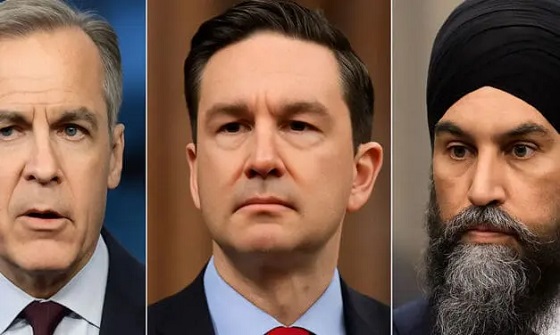
 2025 Federal Election2 days ago
2025 Federal Election2 days agoThe Liberals torched their own agenda just to cling to power
-
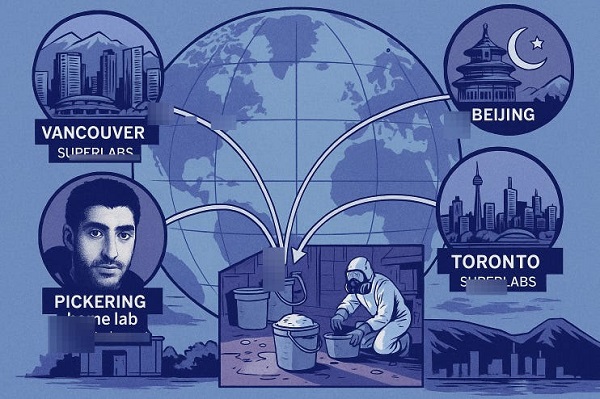
 Crime1 day ago
Crime1 day agoCanada Blocked DEA Request to Investigate Massive Toronto Carfentanil Seizure for Terror Links
-
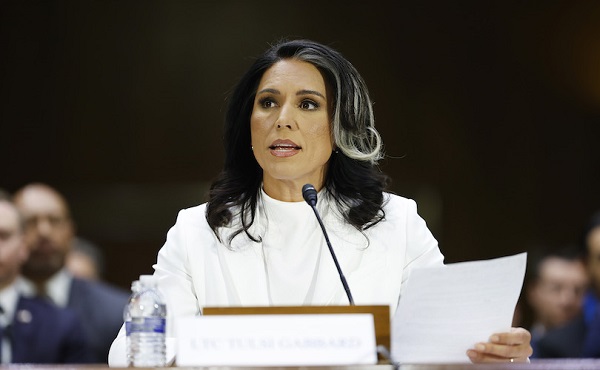
 COVID-1919 hours ago
COVID-1919 hours agoTulsi Gabbard says US funded ‘gain-of-function’ research at Wuhan lab at heart of COVID ‘leak’
-
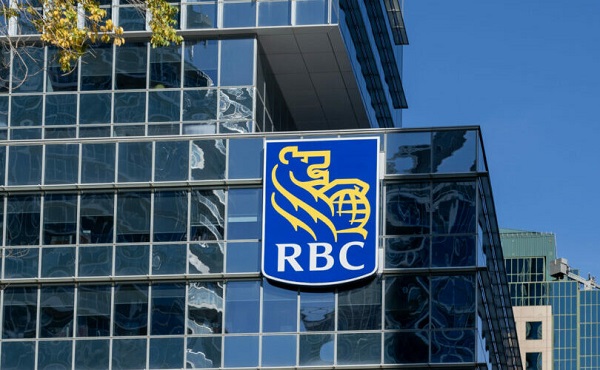
 Business19 hours ago
Business19 hours agoTop Canadian bank ditches UN-backed ‘net zero’ climate goals it helped create
-
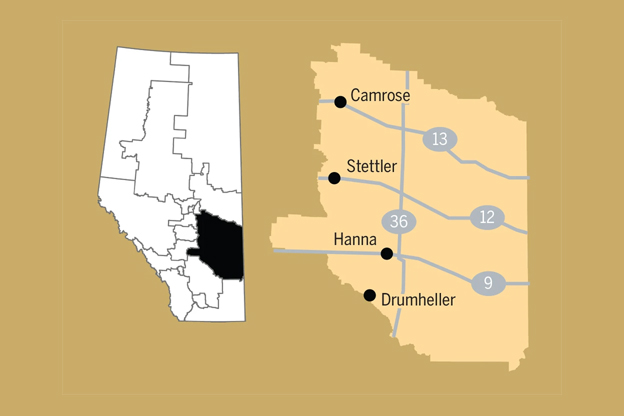
 Alberta11 hours ago
Alberta11 hours agoPierre Poilievre will run to represent Camrose, Stettler, Hanna, and Drumheller in Central Alberta by-election
-
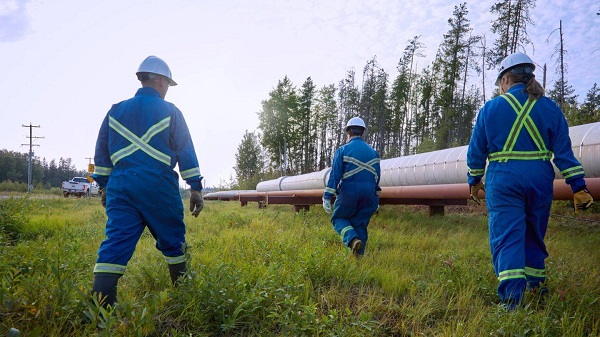
 Alberta1 day ago
Alberta1 day ago‘Existing oil sands projects deliver some of the lowest-breakeven oil in North America’
-

 Business1 day ago
Business1 day agoOverregulation is choking Canadian businesses, says the MEI
-
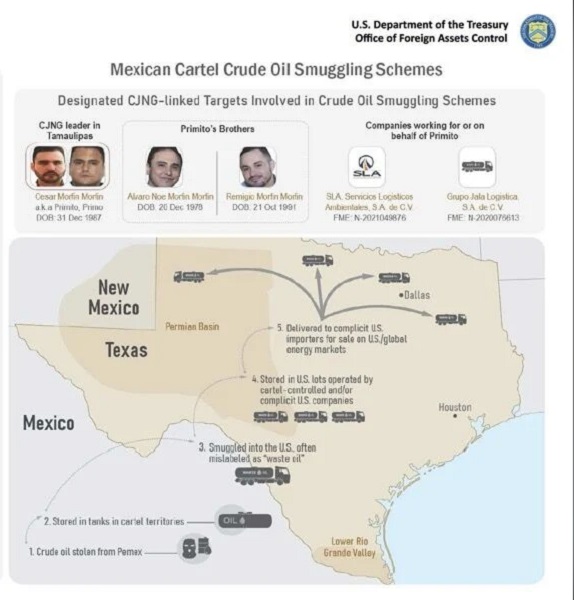
 Crime9 hours ago
Crime9 hours agoMexican Cartels smuggling crude oil in Texas, Southwest border



